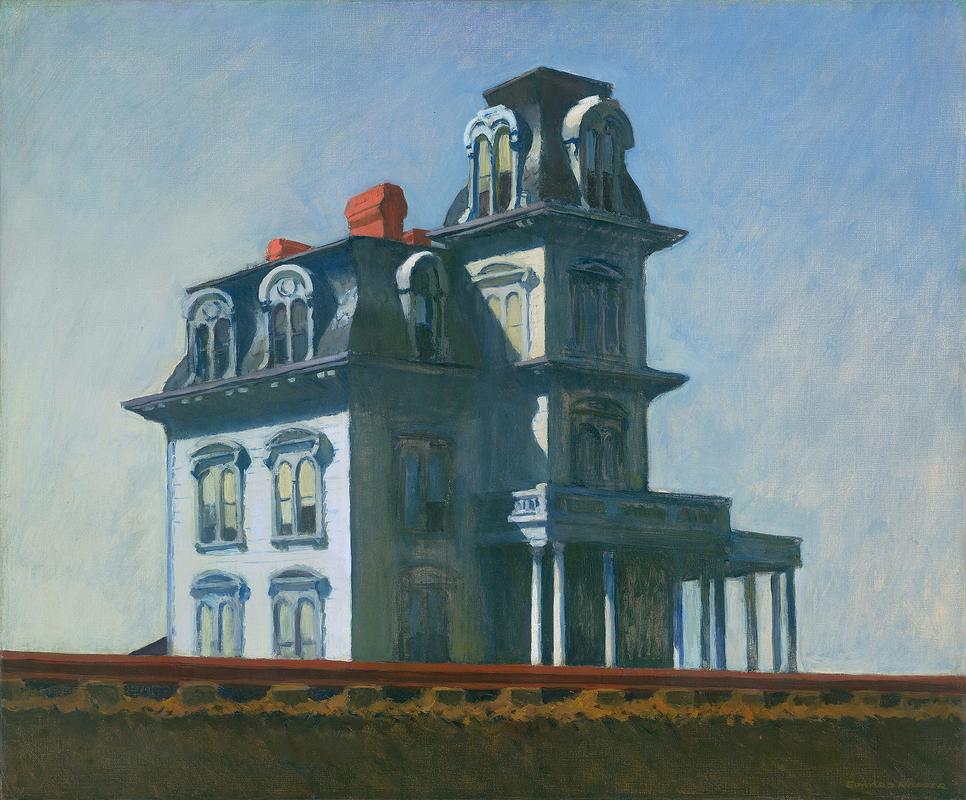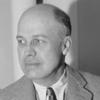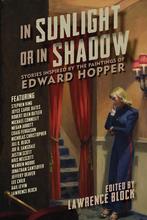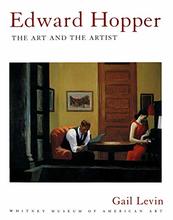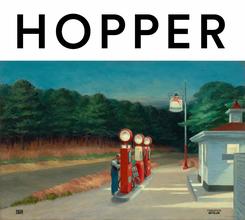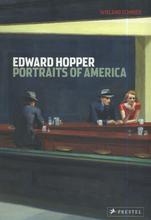More about House by the Railroad
- All
- Info
- Shop

Contributor
Edward Hopper is living on the wrong side of the tracks.
House by the Railroad pretty much depicts what a haunted house looks like mid-day. Except the house isn’t haunted (not that we know of, at least). The reason it looks so spooky isn’t because there are monsters hiding in the windows. This painting begins the long trend of Hopper’s subtly creepy artwork by emphasizing the tension between traditional and twentieth-century culture. The abandoned house placed near overused railroad tracks symbolize that the house, and all the values associated with it, will forever stay put and decay while the rest of the nation moves forward.
Hopper often portrayed the buildings in his artwork as characters meant to act as certain cultural concepts. Here the lonely Victorian-style house represents fragile European values that are unable to withstand the development of America’s individual and industrializing culture. The fact that this pre-industrial age house, trapped between two worlds, stands completely alone in the middle of nowhere almost makes you want to feel bad for it, and maybe even a little charmed by it, but at the same time not go anywhere near it. It’s like the Edward Scissorhands of houses.
The matching blue of the house and sky heavily contrast with the rusty railroad tracks, symbolizing conflict between nature and civilization. The house’s wide porch and large windows tell us the house was originally built for its inhabitants to enjoy the outdoors. But it looks like everyone who once lived there has moved out, and now nature can only be observed when trying to catch a glimpse of it from the window of a moving train. Unfortunately, staring at something while passing by it doesn’t change the fact that it’ll eventually disappear. As they say: out of sight, out of mind.
The orientation of the railroad actually obstructs our complete view of the house. We are unable to see its foundation, what allows it to keep standing; logically the house must be built upon the ground, but for all we can see, the house could very well be floating mid-air or standing on wobbly stilts, ready to topple over at any moment! Hopper’s choice to make the railroad tracks jut diagonally across the painting is a subtle yet powerful way to make them disruptive, and in turn, reflective of how modernization affects natural landscapes.
While taking a quick glimpse into the past, House by the Railroad propelled Hopper’s artistic career forward. It is now known as one of Hopper’s most famous paintings. In 1930, it was the first painting ever to enter MoMa’s permanent collection. Later it inspired one of the most influential movies in American film history. Director Alfred Hitchcock credited House by the Railroad as the main inspiration for the Bates house in his thriller Psycho (as well as its sequels and its contemporary television spinoff Bates Motel). Screenwriter Joseph Stefano even discussed with Psycho’s leading man, Anthony Perkins, that if his character Norman Bates was a painting, he would have been painted by Hopper. Perkins’ eerie portrayal of Norman Bates, the lone resident of the Bates house, was so convincing in its Hopper-ness that Stefano said about the actor, “he must have known what it was like to be trapped.”
Sources
- Robert Hobbs, Edward Hopper (New York: Harry MN Abrams, Inc, 1987)
- Gail Levin, Edward Hopper The Art and the Artist (New York, W.W Norton & Company, 1999)
- Wieland Schmied, Edward Hopper: Portraits of America (New York: Prestel, 2005)
- Rolf Gunter Renner Edward Hopper 1882-1967 Transformation of the Real (Germany: Benedikt Taschen Verlag GmbH, 2000)
- Gail Levin, Edward Hopper An Intimate Biography (California: University of California Berkeley and Los Angeles, 1995)
- The Making of Psycho, video, directed by Laurent Bouzereau (1997; Hollywood: Universal Studios Home Video)
Featured Content
Here is what Wikipedia says about House by the Railroad
House by the Railroad is a 1925 oil-on-canvas painting by the American artist Edward Hopper.
Check out the full Wikipedia article about House by the Railroad

